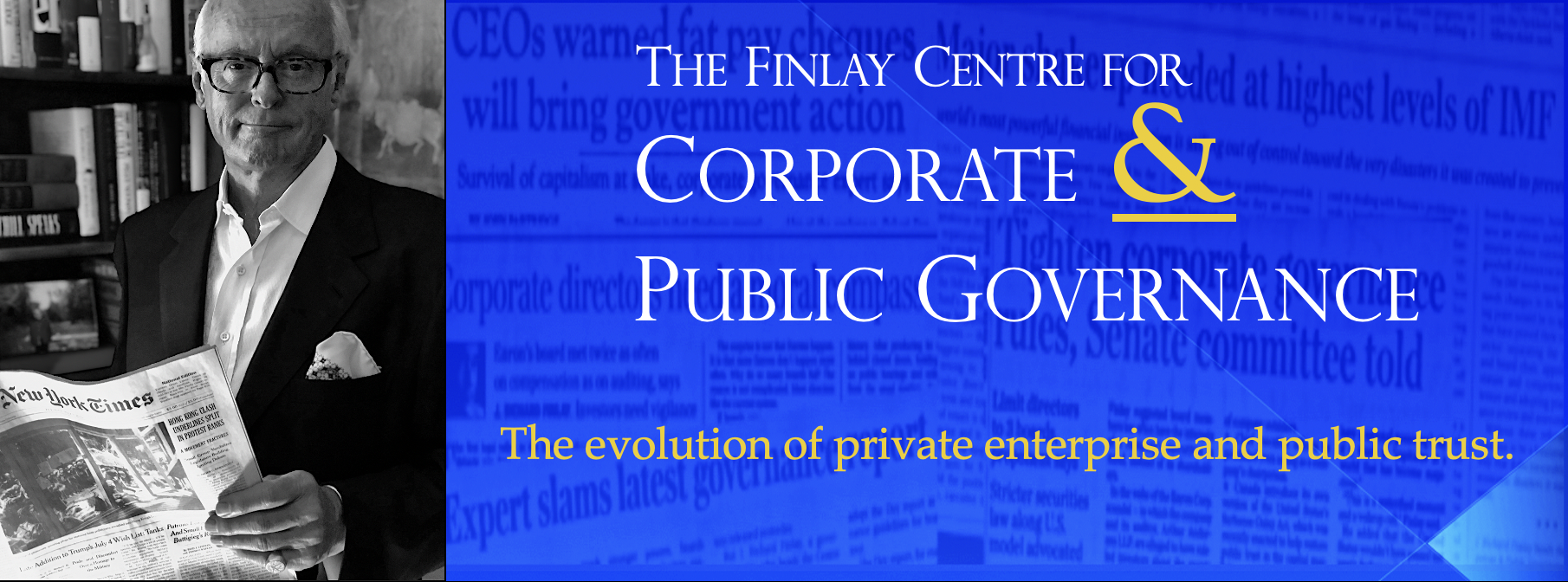We have cast a skeptical eye in recent months on the Fed’s response to the subprime meltdown, and its handling of the Bear Stearns bailout. In The Wall Street Journal today, Greg Ip writes: (subscription required)
Since the credit crisis began last August, the Fed has expanded the volume and types of loans it is willing to make to banks and securities dealers — loans that are backed by a wide variety of collateral from subprime mortgages to student loans. It has so far not directly purchased such debt. It did, however, make an unprecedented loan of $29 billion to facilitate the sale of Bear Stearns Cos. to J.P. Morgan Chase & Co.
Actually, the Fed did not make a traditional $29 billion loan to JPMorgan Chase, as its official statements would have us believe. It was more of a wink-and-a-nudge deal to take on the poorer assets without going through the formality (and the barrage of questions that would follow) of actually purchasing them. How do we arrive at that conclusion?
When you take out a loan and provide collateral, the lender does not usually get to sell your collateral with the hope of making a profit. But that is precisely what Fed chairman Ben S. Bernanke plans to do, if you believe his testimony before the Senate Banking Committee last month.
If we sell these assets over time -and we have allowed ourselves up to 10 years- although we can sell these anytime we like and therefore avoid the need to sell into a distressed market- that we will recover the full amount and that, in addition, if we are fortunate, we may turn a profit…
He repeated versions of the same statement, reiterating the plan to dispose of these assets, throughout his testimony. We have previously noted the cozy relationship that many of Wall Street’s top players have with the Federal Reserve System.
This is part of what former Fed chairman Paul Volcker has described as pushing the legal limits of the central bank’s mandate. The Fed also refuses to disclose details about the Bear Stearns collateral it holds, prompting many to conclude that these assets are not entirely marketable in the first place and that only the Fed could afford to sell them off at fire sale prices over ten years. The whole process behind the bailout lacked even rudimentary transparency.
There are more details disclosed on the label of a jar of Jif peanut butter about the contents of that $2.90 product than the Fed has revealed about the contents of the Bear Stearns collateral it “bought” for $29 billion and the circumstances surrounding that transaction.
For a Fed that is likely to play a much larger role in the regulation of financial institutions, its standards of openness and candor require added scrutiny. If its own conduct in the Bear Stearns bailout is any clue to the approach it will take in the regulation of others, there is little that inspires confidence.
